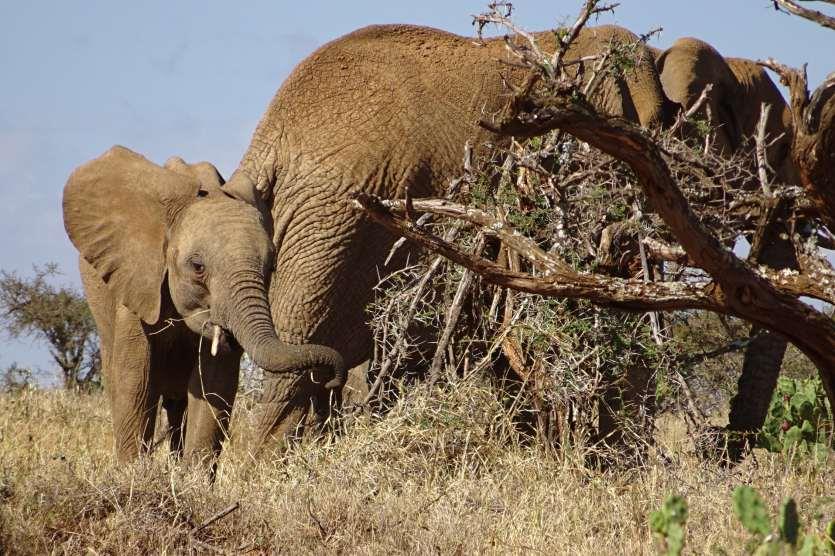(Photograph = elephants in area colonized by Opuntia, Shirley Strum)

Cladode of Opuntia invading arid area in Kenya, Shirley Strum

Opuntia dillenii, Kenya, Shirley Strum

Kenya, goats grazing on invasive Opuntia, Shirley Strum

Opuntia invading arid area of Kenya, Shirley Strum

Baboon picking Opuntia seeds out of elephant dung, Kenya, Shirley Strum

Baboon picking Opuntia fruits to eat, Kenya, Shirley Strum

Invasive Opuntia in Kenya uprooted by elephants eating fruit, Shirley Strum
Like this:
Like Loading...

